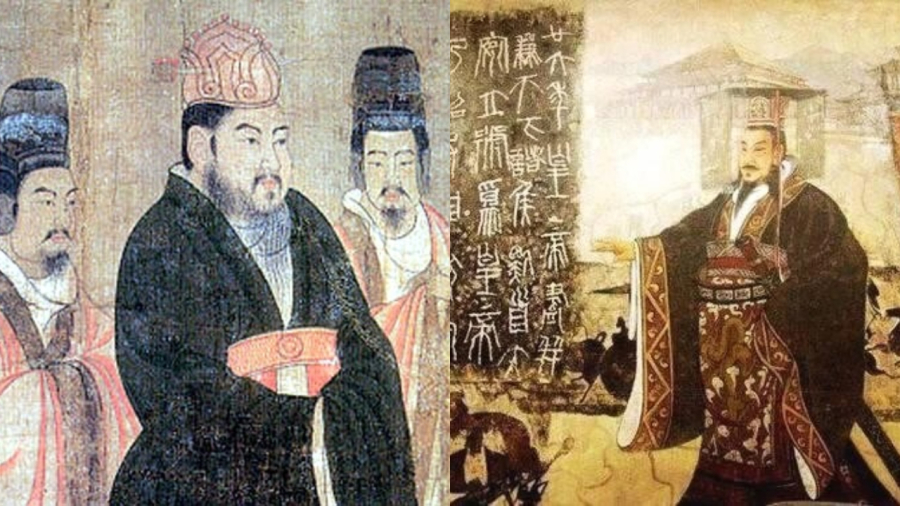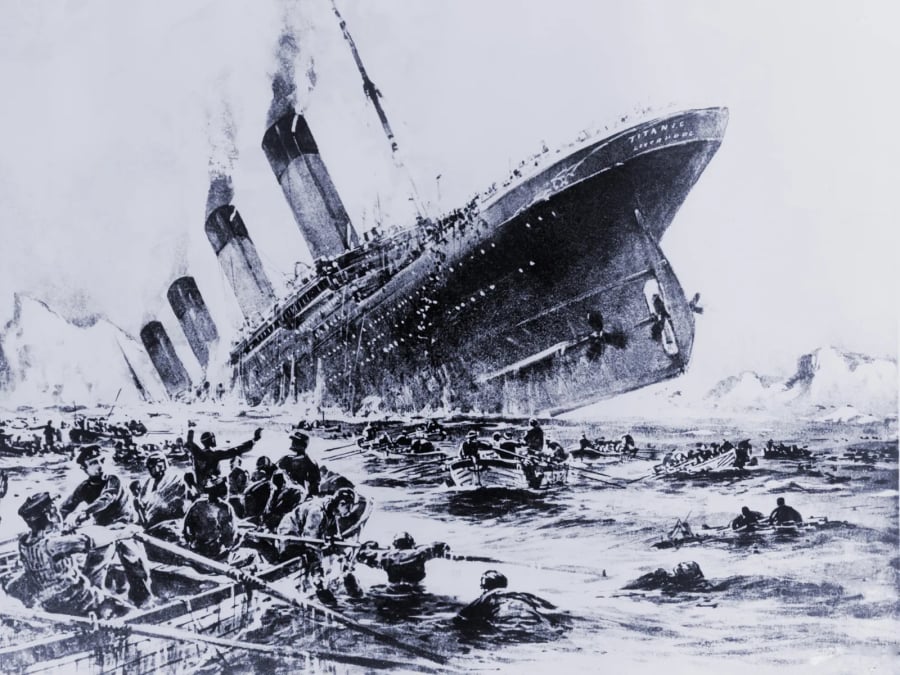Throughout time, humanity has consistently witnessed remarkable coincidences. Some attribute them to signs of destiny, while others dismiss them as merely random occurrences.
Yet, there are those coincidences that genuinely leave us astounded, for their appearances transcend the realms of ordinary chance. Instances such as the emergence of historical figures with uncanny similarities, despite existing in different eras. These congruities not only evoke a sense of awe but also provoke profound contemplation on the fundamental principles of the natural world.
The Qin and Sui Dynasties: Fleeting Glory
In the majestic tapestry of Chinese history, the Qin and Sui dynasties have been subjects of enthusiastic discussion among scholars and intellectuals alike, owing to their resplendent yet brief reigns. Both rose from the ashes of strife, ending periods of fragmentation and ushering in epochs of renewal.
Although the Qin and Sui dynasties succeeded in unifying the Chinese realm after eras of disunion and implemented positive reforms across various domains, they both suffered swift declines, burdened by the malevolence, corruption, and extravagance of their ruling apparatuses. The events during these reigns not only illuminated the transient nature of power but also raised questions regarding the existence of cyclical patterns within history.
Qin Shi Huang, with his exceptional military and political prowess, accomplished the unification of six warring states, bolstered centralized authority, promoted standardized measurements, and established an efficient bureaucracy, laying a solid foundation for China’s enduring unification. However, his demise ushered in the decline of a once-glorious dynasty.
Qin Er Shi, the second emperor of the Qin dynasty, proved incapable of sustaining the greatness established by his father, Qin Shi Huang. His incompetence, coupled with the treachery of Zhao Gao, swiftly led to the Qin’s demise within a short period.
Nearly a millennium later, a similar scenario unfolded with the Sui dynasty.

Both the Qin and Sui dynasties collapsed with remarkable rapidity
Yang Jian, the founder of the Sui dynasty, built his empire on the foundations of the Northern Zhou. Through a series of military victories and astute political maneuvering, he reunified northern and southern China, ending a protracted period of disunity that had lasted for three centuries. Following unification, the Sui dynasty implemented significant reforms, including the abolition of hereditary power structures and the introduction of an examination system for selecting officials, contributing to societal advancement and economic prosperity.
However, under the reign of Yang Guang, the Sui’s prosperity began to falter. Lax governance and incessant warfare provoked widespread peasant rebellion, ultimately causing the dynasty’s downfall after a mere 37 years of existence.
Both dynasties, separated by nearly eight centuries, experienced strikingly similar trajectories of rise and fall, prompting questions as to whether history repeats itself according to a set pattern or whether it is merely the random convergence of events.
The Titanic and Her Ill-Fated Sisters
The sinking of the Titanic stands as one of the 20th century’s iconic maritime tragedies, its reverberations causing not only grievous loss but also global shock. Yet, what is lesser known is the startling coincidence involving the Titanic and her “unlucky” sister ships.
Launched by the White Star Line between 1907 and 1911, the sister ships RMS Olympic, HMHS Britannic, and RMS Titanic shared a fateful destiny that has raised questions about the possible existence of an enigmatic force orchestrating their misfortunes.
Prior to the Titanic’s tragic end in 1912, her “big sister” Olympic had been involved in a collision with the SS Hawk, another British vessel. The aftermath of the collision resulted in no casualties but caused substantial damage to the Olympic. Additionally, the Olympic would later be involved in another maritime incident, further adding to the growing sense of foreboding and concern surrounding the fate of these vessels.

The sinking of the Titanic stands as one of the 20th century’s iconic maritime tragedies
In 1934, the Olympic met her demise after colliding with the lightship LV-90. The accident resulted in the heartbreaking loss of many of the Olympic’s passengers and crew.
Furthermore, a third sister ship operated by the White Star Line, the HMHS Britannic, did not escape the clutches of tragedy.
The HMHS Britannic, commissioned in 1935, served as a hospital ship during World War I and was ultimately sunk by a German U-boat in 1940, her wreckage resting in the depths of the Atlantic Ocean. The sinking claimed many lives and served as a sobering lesson in the annals of maritime history, leading to speculation about whether some mysterious connection existed between the destinies of these vessels.
Coincidences are not confined to the realm of the seas. There are compelling historical accounts of children around the world recounting astonishingly detailed memories of their past lives, including specific names, locations, and events. Some possess the uncanny ability to accurately describe places they have never visited or speak languages they have never learned, captivating the attention of researchers.
There are also instances where individuals cross paths and instantly feel a profound connection, despite having no prior acquaintance, leading some to believe that these may be indicators of past-life relationships.
Dreams, too, have been regarded as portals to messages from previous lives or premonitions of the future, with cases of individuals having dreamt of major events and subsequently averting impending catastrophes.
While it is possible to attribute these coincidences to random chance or human imagination, they nevertheless provoke intriguing questions about consciousness, memory, and the possibility of existence beyond death. Modern science has yet to definitively validate or debunk the concept of reincarnation, but these phenomena continue to capture our curiosity and ignite our imaginations.






































